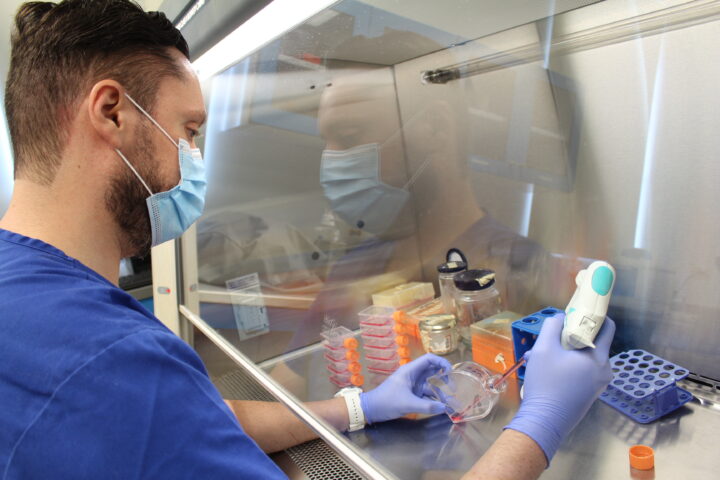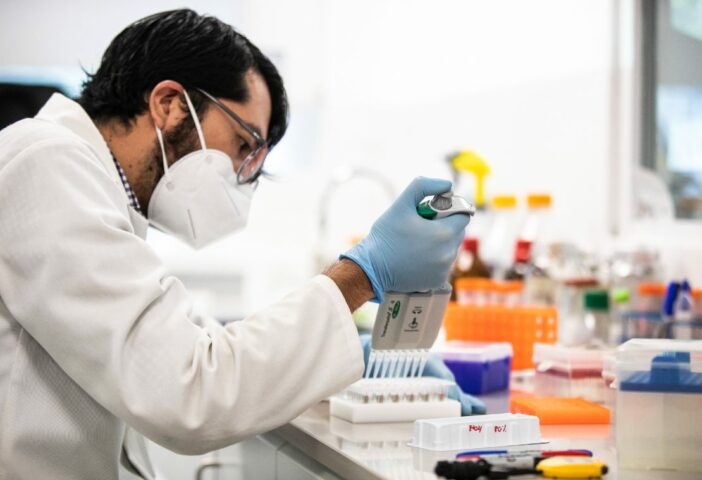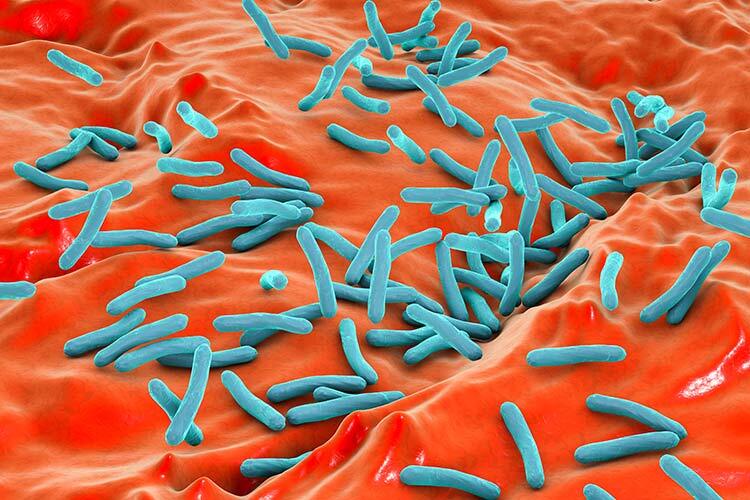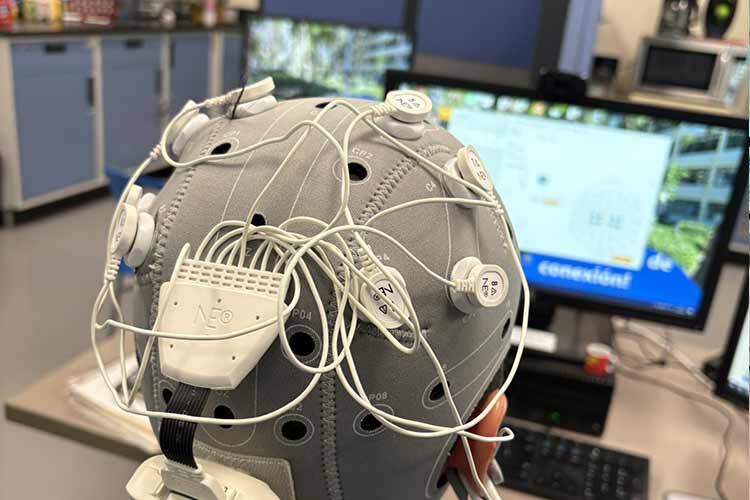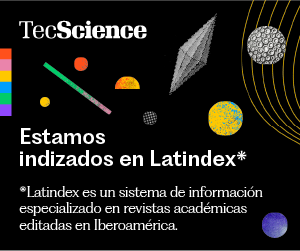Every November 25th, the International Day for the Elimination of Violence against Women is observed, a date to reflect on the profound implications of this global issue and seek solutions from multiple disciplines. Violence against women, which affects one in three women worldwide according to recent data from the WHO, is not only a violation of human rights but also a public health issue with physical, emotional, and social consequences.
Forms of violence include physical, sexual, psychological, economic, and technology-facilitated violence. Its impacts go beyond the mental and physical health of victims and their families, increasing the risk of isolation, stigmatization, anxiety, depression, insomnia, and autoimmune diseases, cardiovascular issues, and chronic pain.
Neurobiology, Biomarkers, and Trauma
From a biomedical perspective, research has shown neurophysiological changes in women who are victims of violence. Among the most notable are elevated levels of cortisol, the stress hormone, which is associated with brain damage, memory impairments, and a greater susceptibility to disorders such as depression or post-traumatic stress disorder (PTSD).
Additionally, increased levels of adrenaline and noradrenaline, key hormones in the fight-or-flight response, lead to constant activation of the sympathetic nervous system. This can result in hypertension, heart issues, and significant physical and mental exhaustion. These hormones also exacerbate symptoms such as hypervigilance, insomnia, and anxiety.
An important finding is the role of brain-derived neurotrophic factor (BDNF), a protein essential for neuroplasticity and neuronal regeneration. In women exposed to chronic violence, reduced levels of BDNF have been detected, which may explain their vulnerability to psychiatric disorders and cognitive decline.
Inflammatory biomarkers in the immune system linked to prolonged stress have also been identified. These not only help diagnose violence-related conditions but also contribute to the development of specific treatments. For example, patterns of chronic inflammation pose an additional risk for metabolic and cardiovascular diseases.
These studies are crucial for designing personalized therapeutic interventions that not only address the immediate consequences of trauma but also promote neuroplasticity and brain recovery.
Science, Prevention, and Empowerment
Science plays a key role in preventing violence and aiding the recovery of victims. A comprehensive approach involves integrating a gender perspective in scientific studies, analyzing data by gender, and prioritizing the needs of women. Research in neurobiology and trauma biomarkers contributes to the development of timely and effective interdisciplinary treatments, helping to mitigate long-term health effects.
Looking Ahead
The identification of biomarkers such as cortisol, adrenaline, noradrenaline, estradiol, and BDNF, along with the development of holistic treatments, offers a unique opportunity to address the effects of violence from a scientific perspective. As this field advances, science will help overcome the challenge of treating women victims of violence in an integrated manner, promoting not only their recovery but also their empowerment and lasting well-being.
* Judith Zavala Arcos is a researcher at the Group for Innovative Therapies in Visual Sciences and a professor in the graduate program in Biomedical Sciences and Biotechnology at Tecnológico de Monterrey. She is a member of the National System of Researchers, Level I.

